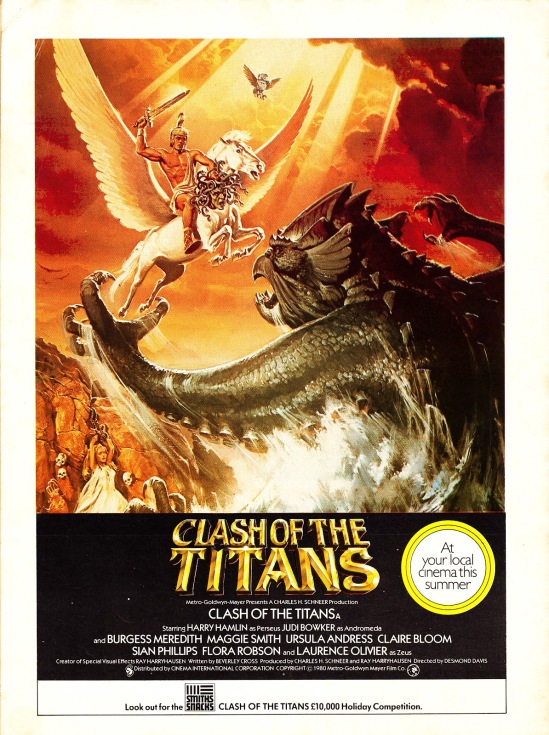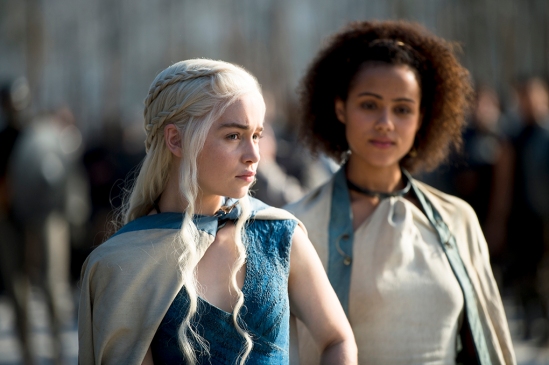I told you last week that I was going to introduce a new member of the Blue Pantheon, and, in particular, you might has noticed an emphasis on the the importance of pegasi to the Blue Empire.
That new god would be Nemerium, the Father of Pegasi. He acts as a protector deity for the winged horse common in the Blue Empire and also covers travel.
Now, as you know, I’ve built a lot of Roman Empire-type history into the Blue Empire, and, as I was working to come up with some kind of deity to cover the Animal domain, I turned to one of my favorite deities, Epona.

Yes, those are horses flanking her.
Epona was a favorite of the Roman cavalry and was an import to the pantheon from Franco-German Gauls. While she is a protector of horses, donkeys and those who ride and work those beasts, she is also a fertility goddess.
So I had a good base , but I didn’t want to import a traditional female goddess with horses. So I made the deity male after the Pegasus from Greek mythology.
Now, most people are probably familiar with the Hollywood interpretation in the classic and remade Clash of the Titans.

If you don’t already know what this is, please do yourself a favor and watch this campy classic.
In it, Pegasus is just roaming around, ready for Perseus to tame and fly to defeat that nasty Kraken with the decapitated head of Medusa — all of which is just Hollywood art, not true myth.
In the original Greek myth, however, Pegasus sprung from the neck of Medusa after Perseus kills her and leaves with the head, just happening to save Andromeda. From there, Pegasus is tamed by Bellerophon, who then rides the beast to kill the Chimera of Caria.

This sounds like some good fodder for a campaign …
After Bellerophon defeats the Chimera, he becomes king of Lycia and, growing proud, attempts to ride Pegasus to Mount Olympus, but Zeus creates the gadfly, which bites Pegasus, causing the two to fall to their deaths.
Some romantics added in that, since Pegasus was blameless in the escapade, Zeus placed him in the heavens as a constellation.
I like the idea that Nemerium, in Kalanesia, was a historic/mythological figure who had a cult spring up around him — please note: I use “cult” to mean a small, following that sprang up, not the evil psychopaths PCs like to break up.
I also liked the heroic myth of how Pegasus sprang from Medusa’s blood, and wanted to incorporate something similar, but it needed to be heavily tied to the Blue Empire’s patriotism for it to become a major religion.
So, my friends, let me tell you the story of Nemerium, the Father of Pegasi.

Back before the Blue Empire existed, Waystrand was a theocracy with a few noble families, one of which was the Azurais.
The family’s patriarch and his wife prayed daily in the fountain temple of Aza Mathera for a child even though the best clerics said the wife was barren and would never have a child.
Despite those predictions and to the joy of the Azurai family, the wife became pregnant. They were convinced she would bare a son to carry on the name, but, when the child arrived, it was a girl, who they named Julia.
They raised her as traditional called, but she was drawn and best suited to using a sword, not the loom and spindle of a future matriarch.
Her parents were sad and felt slighted by the Blue Healer for granting them a daughter with a son’s interests, and they distanced themselves from the deity but, as the child grew up, she was drawn to the church and eventually entered the clergy and earned her sword as a paladin of Aza Mathera.
After being fully inducted into the knighthood, she began traveling, along with her warhorse Nemerium, protecting pilgrims who traveled from other kingdoms who sought Waystrand’s fountains. Nemerium, a parting gift from Julia’s father, was a blue roan stallion from the best stock in the kingdom.
During this time, she met an aasimir philosopher named Iseniel, who was seeking his path to perfection.
During their travels, they fell in love, and, in doing so, Iseniel found his enlightenment and ascended to the rank of archon.
However, this isn’t a story with a happy ending. On one occasion, when they came back to Waystrand, they found it under siege by a rakshasa.
Julia and Iseniel tried to break the siege, during which the rakshasa nearly killed Julia as she charged it atop Nemerium. However, she was saved when Iseniel jumped in front of the beast’s blade.
Iseniel died from his wounds, and, sensing an impending loss, the rakshasa attempted to flee by levitation. However, Nemerium was covered in Iseniel’s blood. From being coated in the powerful archon’s ichor, Nemerium sprouted wings and sped Julia toward her vengeance against the rakshasa.
She was heralded as a hero in the small theocracy, and it wasn’t long before she discovered she was pregnant with Iseniel’s son, whom she named Isen.
This boy, a half-archon, eventually became Isen Azurai I, the man who united the first cities into the Blue Empire. Throughout Isen’s reign, he was served by Nemerium, who … transferred his nature to numerous offspring, giving rise to the pegasi.
Eventually, a small cult of followers and pegasi breeders arose honoring Nemerium, who they eventually deified as a protector of horses, pegasi, and travelers.
As a last note, in case you haven’t seen it yet, check out an interview I did with a college friend, Eli Van Sickel, for his podcast, All People Are Famous.




